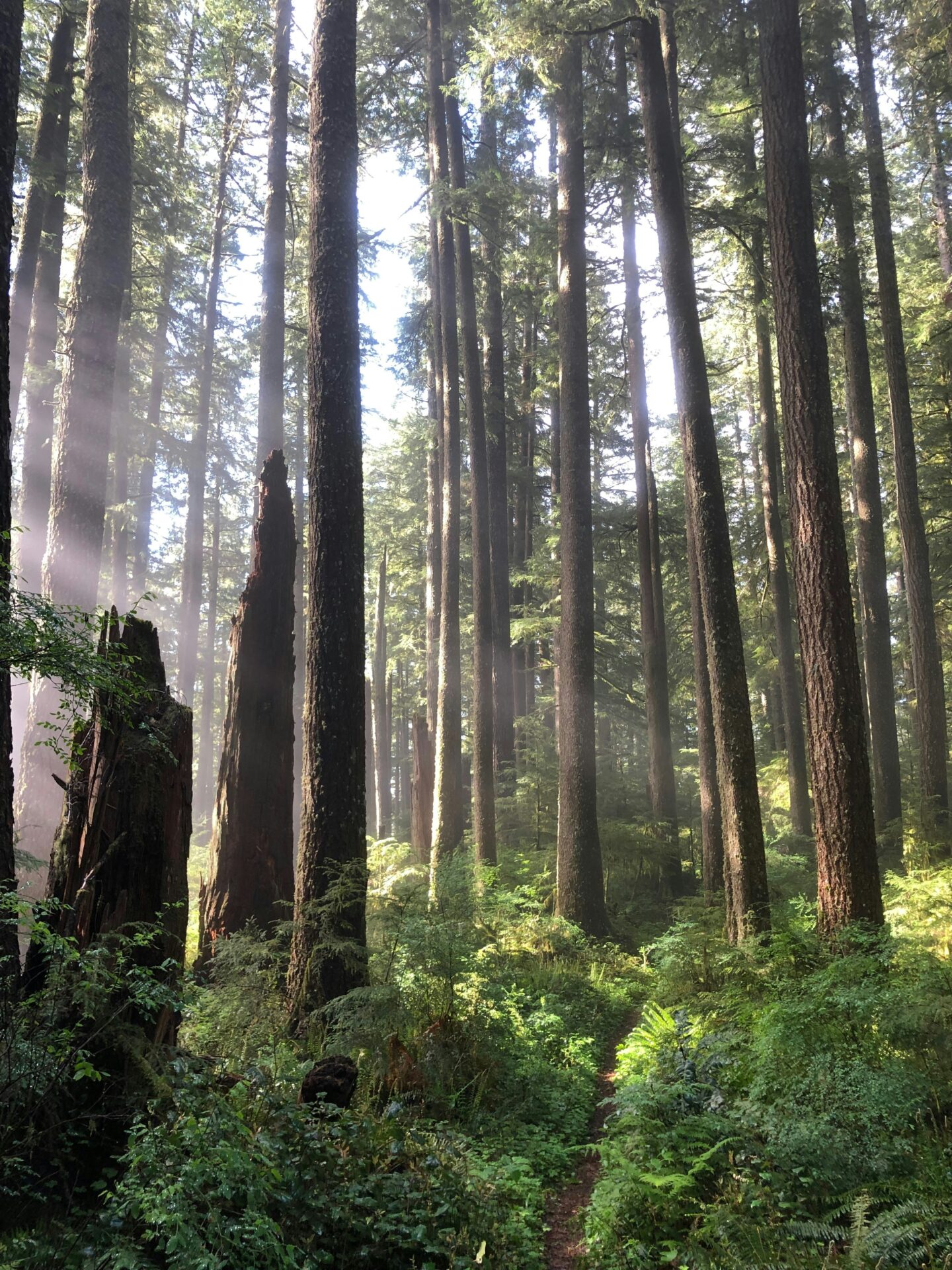Western Oregon contains approximately 2.5 million acres of lands managed by the Bureau of Land Management (BLM) across six districts (Salem, Eugene, Coos Bay, Roseburg, Medford, and Lakeview): approximately 2.1 million acres of this is managed under the requirements of theO&C Lands Act of 1937 and other laws with the remainder (406,600 acres) managed as “public domain” lands (USDI BLM 2005). All these lands are managed under the provisions of the Northwest Forest Plan (NWFP), with nearly a third (739,000 acres) designated as latesuccessional reserve (LSR). Each of the BLM districts completed Resource Management Plans (RMPs) in 1995 that incorporated land-use allocations and standards and guidelines pursuant to the NWFP. However, a lawsuit filed by the American Forest Resource Council (AFRC) and others against the Secretaries of Agriculture and the Interior (i.e., Secretaries) alleged that the NWFP violated the terms of the O&C Act and numerous other laws. The Secretaries, AFRC, and the O&C counties agreed to settle this lawsuit in August of 2003, requiring BLM to revise its RMPs and consider at least one alternative that will not create (i.e., eliminate) any reserves on O&C lands except as needed to avoid jeopardy to species listed as threatened or endangered under the Endangered Species Act (ESA). Consequently,the BLM is now conducting scoping for an Environmental Impact Statement (EIS) to revise its RMPs that will determine how the agency should manage the O&C lands to achieve the O&C Act requirements of permanent foreproduction, sustained yield, community economic stability, and watershed protection (as interpreted by the United States Court of Appeals for the Ninth Circuit) while complying with applicable laws such as the ESA and the Clean Water Act. Here, we provide BLM with a scientific foundation for managing its lands to meet the ecological objectives of the NWFP, ESA, and Clean Water Act by: (1) demonstrating the importance of the reserve network within the context of the NWFP and more specifically within western Oregon BLM lands (both O&C and public domain lands); (2) evaluating potential consequences of eliminating or reducing protections for LSRs and Riparian Reserves under consideration by the BLM; (3) highlighting potential cumulative impacts from adjoining Habitat Conservation Plans (HCPs) on State and private lands; and (4) raising significant issues for BLM to consider in RMP revisions, particularly alternatives to the elimination of reserves.
Importance of Western Oregon BLM Lands and Reserves to Fish and Wildlife Conservation

